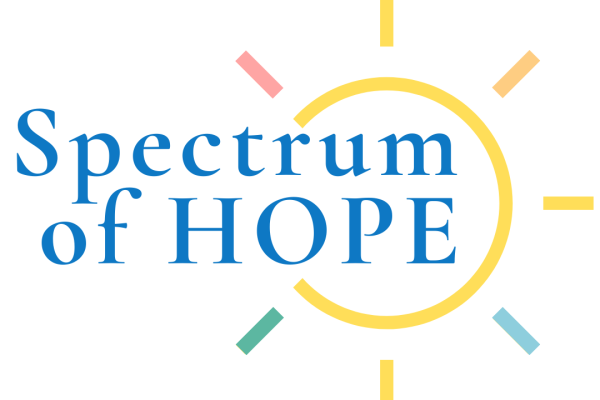Why Play Matters in ABA Therapy
When most people picture ABA therapy, they imagine clipboards, drills, and rigid routines. But here’s a little secret: some of the biggest breakthroughs don’t happen with worksheets – they happen when kids are laughing, moving, and doing what looks a whole lot like play.
Think about the last time you had to learn something new. Maybe it was a recipe that looked simple on TikTok (but left three extra dishes in the sink) or a new workout class where you couldn’t tell if you were planking or collapsing. Be honest – wasn’t it easier to stick with when you were actually having fun?
Kids are the same way. When learning feels playful, it feels natural. And when it feels natural, progress sticks.
Here’s why play matters in ABA therapy:
-
Joy makes learning stick. We all remember the fun stuff better than the boring stuff. Kids retain more when therapy feels like a game instead of a chore.
-
Life skills grow naturally. Turn-taking, problem-solving, communication, and teamwork aren’t things you lecture about – they’re things you practice while building towers, playing tag, or teaming up on an art project.
-
Confidence builds momentum. Just like adults feel a tiny rush of pride when assembling IKEA furniture without “extra” screws, kids light up when they nail a new skill in play. That confidence fuels bigger wins.
-
Skills show up everywhere. What’s learned in a playful session doesn’t stay there. It spills into home routines, school days, and time with friends.
“Play” doesn’t look the same for every child – and that’s exactly the point. What feels like fun for one kid might be eye-roll territory for another. That’s why our therapists meet each child where they are and build therapy around what lights them up.-
For younger children, play might look like blowing bubbles until everyone is giggling, stacking block towers just to knock them down, or hopping from mat to mat like the floor really is lava.
-
For adolescents, Those choices may stay strong (who doesn’t love a bubble dance party?) or maybe it’s teaming up for a group game, diving into an art project, making music, role-playing real-life situations, or weaving their personal hobbies and interests into sessions.
Good ABA therapy is designed to meet your child exactly where they are- not to force progress, but to nurture it. The right approach builds rapport, creates trust, and encourages children to love learning in ways that feel natural at every stage of life. When therapy feels like play, growth becomes something kids look forward to, not something they endure. -
About the Author:
Karley Marsden is the VP of Marketing and Business Development at Spectrum of Hope, where she’s dedicated to helping families find clarity, confidence, and connection on their autism journey. With 20 years of experience in behavioral health and marketing, Karley blends strategy with heart to ensure families feel seen, supported, and empowered.
